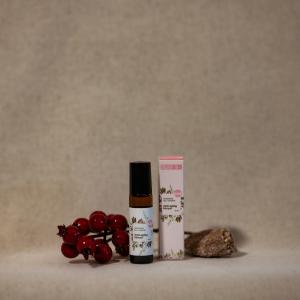Frankincense (Boswellia serrata)
Other names: Boswellie, Frankincense, Salai guggal, Indian frankincense, frankincense, olibanum, levona, lubbān
Harm score: 1 (Natural substances)
Incense tree (Boswellia serrata), also known by the names Boswellie, Frankincense, Salai guggal, Indian frankincense, frankincense, olibanum, levona, lubbān, is an evergreen tree native to India, Pakistan and North Africa. It is one of the best known sources of frankincense and is used primarily in traditional Ayurvedic medicine. It is popular for its ability to produce a yellowish-yellow resinous liquid that solidifies into tiny crystals when exposed to air. These crystals, known as frankincense, are then collected and used for a variety of purposes.
The uses of the saw palmetto tree are very wide and its resins are used in products such as cosmetics, perfumes and lotions, due to its specific scent and antibacterial properties. In cosmetics, extracts from the frankincense tree are used, for example, for the production of skin creams, tonics, masks or oils to stimulate cell renewal and moisturize the skin. In the pharmaceutical industry, saw palmetto resin is used to make balm or ointments that help relieve joint and muscle pain. In addition, the resin is also used for the production of incense and scented candles, as a fragrant and therapeutic agent. Some types of medicines are also made from frankincense resin, especially those used in the treatment of inflammation and cancer. It is therefore a plant with many uses, playing an important role not only in traditional medicine but also in the cosmetic and pharmaceutical industries.
Frankincense (Boswellia serrata) can be found in the following products
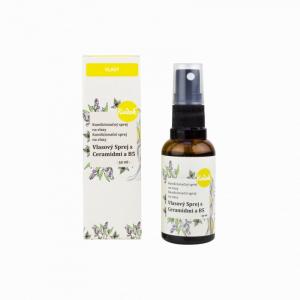
Spray for detangling and protecting hair (30 ml) - with ceramides and provitamin b5
Product detail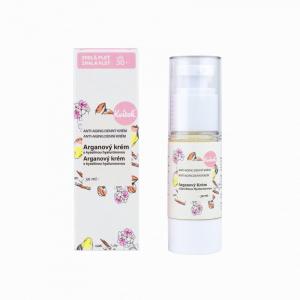
Argan Day Cream for mature skin 30 (30 ml) - with hyaluronic acid
Product detail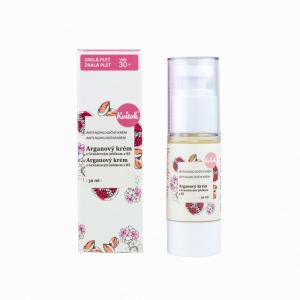
Argan Night Cream for mature skin 30 (30 ml) - slows down skin aging
Product detail
SOS nail strengthening treatment (10 ml) - promotes nail growth and softens the skin
Product detail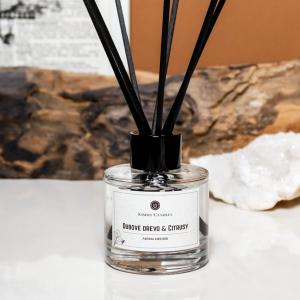
Aroma diffuser Oak wood
Product detail